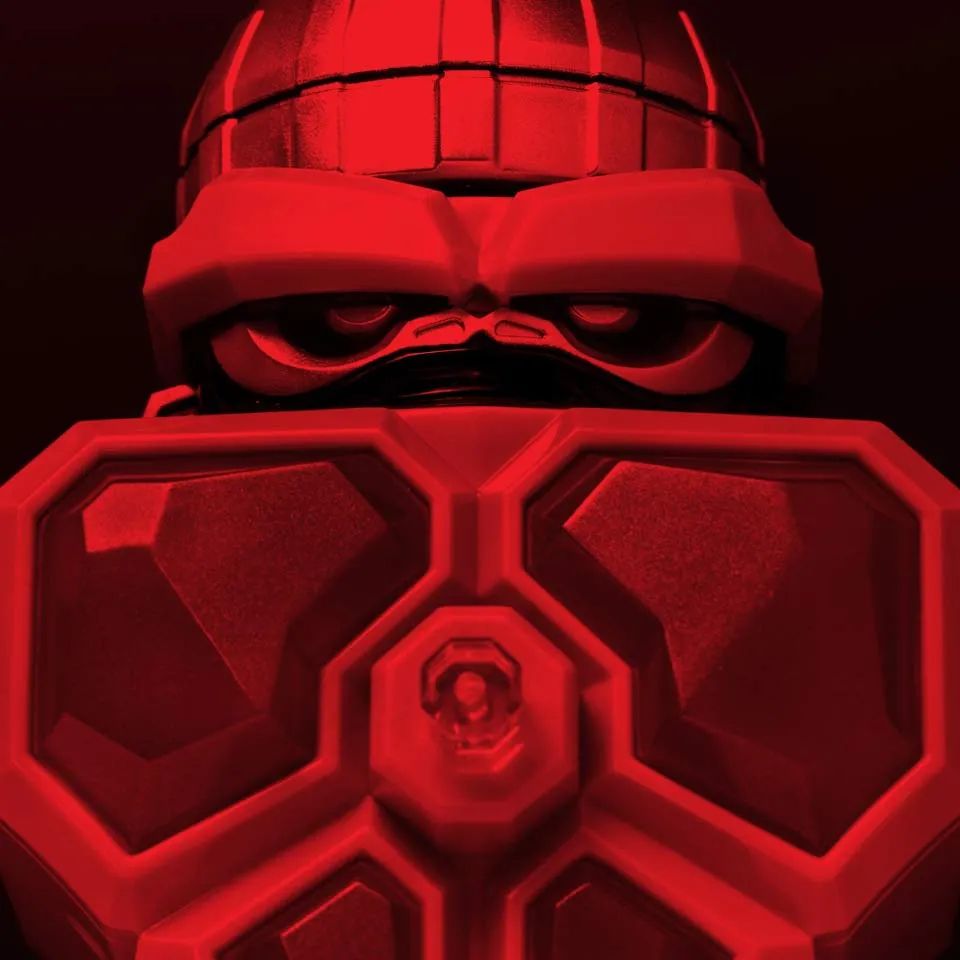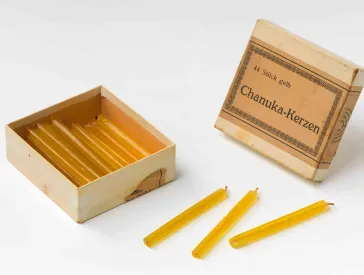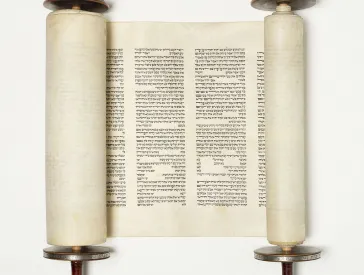On the Golem
Article in the Exhibition Catalogue GOLEM
David Musgrave
My toys were not all equal. One toy was conscious, and mediated my relationship with all the others. Certain toys I wanted but were economically unavailable to me (a six-legged walking monster, a robotic vehicle) were secretly desired primarily as elements in this special toy's world.
It wasn't a surrogate self. It was its own entity, distinct from me, with its own experience. My role was to create the best possible experience for this creature. I clearly felt I knew exactly what this experience should consist of, but I’m not sure how. My consciousness was what might be described as a basic distributed network, located in two places. The privileged toy was a mediator between a true object world, one for and of material objects, and my categorically distinct human awareness.
Many years later at art school I came across a discussion of the golem myth in Richard Kearney's book The Wake of Imagination. It was immediately familiar to me as a structure, but it was treated there with a critical distance that allowed me to understand it afresh. This was probably the moment that the idea of the golem coalesced fully for me as a subject, and it's one that hasn't been far from my work as an adult artist over the last twenty or more years.
Paper golem no. 5 David Musgrave, UK, 2010 Aluminum, acrylic, steel, 23 x 11.5 x 3 cm Photo: Marcus Leigh, Courtesy of greengassi, London
At college in the mid 90s I was haunted by discussions that seemed to reduce the art object to a commodity, and made practices that steered towards relational aesthetics and curating look more viable. Physical things were allowed, just, as long as they were really markers for conceptual moves. It may not have been fully reasoned, but the golem myth was a way for me to hold the tensions of physical material, narrative and image in some complete but troubled form—a way to hold onto things despite rumours of their decadent obsolescence.
In making a golem, which for me means teasing matter into something more than just a dimly human shape but less than a convincing replica of a living thing, there is a moment when material flickers. It simultaneously is and isn't, image and matter become poles between which a current flows. I think this is internal to the human experience of looking and making, and not a consequence of insertion into discourse or any particular context; it’s also specific to the arrangements and encounters so beautifully framed by the golem myth. My golems are usually very small or very large—either side of the familiarly human. They are not useful for defense, or anything particularly practical. They are more like ‘pataphysical machines, effigies that exist as imaginary solutions to real problems. I have no plans to stop extending this network.
David Musgrave lives and works in London. His work is held in public and private collections around the world, including Tate, MoMA and the Hammer Museum. His novel Unit was published in 2015.
Machinic figure David Musgrave, UK, 2012 Aluminum, acrylic, steel, nylon, 42 x 19 x 10.2 cm Photo: Marcus Leigh, Courtesy of greengassi, London
Citation recommendation:
David Musgrave (2016), On the Golem. Article in the Exhibition Catalogue GOLEM.
URL: www.jmberlin.de/en/node/4696

Online Edition of the GOLEM Catalog: Table of Contents
The Golem in Berlin: Introduction by Peter Schäfer
Chapter 1
- The Golem Lives On: Introduction by Martina Lüdicke
- My Light is Your Life: Text by Anna Dorothea Ludewig
- Avatars: Text by Louisa Hall
- The Secret of the Cyborgs: Text by Caspar Battegay
Chapter 2
- Jewish Mysticism: Introduction by Emily D. Bilski
- Golem Magic: Text by Martina Lüdicke
- Golem, Language, Dada: Text by Emily D. Bilski
Chapter 3
- Transformation: Introduction by Emily D. Bilski
- Jana Sterbak’s Golem: Objects as Sensations: Text by Rita Kersting
- Crisálidas (Chrysalises): Text by Jorge Gil
- Rituals: Text by Christopher Lyon
- A Golem that Ended Well: Text by Emily D. Bilski
- Current page: On the Golem: Text by David Musgrave
- Louise Fishman’s Paint Golem: Text by Emily D. Bilski
Chapter 4
- Legendary Prague: Introduction by Martina Lüdicke
- Golem Variations: Text by Peter Schäfer
- Rabbi Loew’s Well-Deserved Bath: Text by Harold Gabriel Weisz Carrington
Chapter 5
- Horror and Magic: Introduction by Martina Lüdicke
- Golem and a Little Girl: Text by Helene Wecker
- The Golem with a Group of Children Dancing: Text by Karin Harrasser
- Bringing the Film Set To Life: Text by Anna-Carolin Augustin
- Golem and Mirjam: Text by Cathy S. Gelbin
Chapter 6
- Out of Control: Introduction by Emily D. Bilski
- Golem—Man Awakened with Glowing Hammer: Text by Arno Pařík
- Dangerous Symbols: Text by Charlotta Kotik
- Be Careful What You Wish For: Text by Marc Estrin
Chapter 7
- Doppelgänger: Introduction by Martina Lüdicke
- From the Golem-Talmud: Text by Joshua Cohen
- Kitaj’s Art Golem: Text by Tracy Bartley
- The Golem as Techno-Imagination?: Text by Cosima Wagner
See also
- GOLEM: 2016, online edition with selected texts of the exhibition catalog
- GOLEM: 2016, complete printed edition of the exhibition catalog, in German
- Golem. From Mysticism to Minecraft: Online Feature, 2016
- GOLEM: Exhibition, 23 Sep 2016 to 29 Jan 2017

